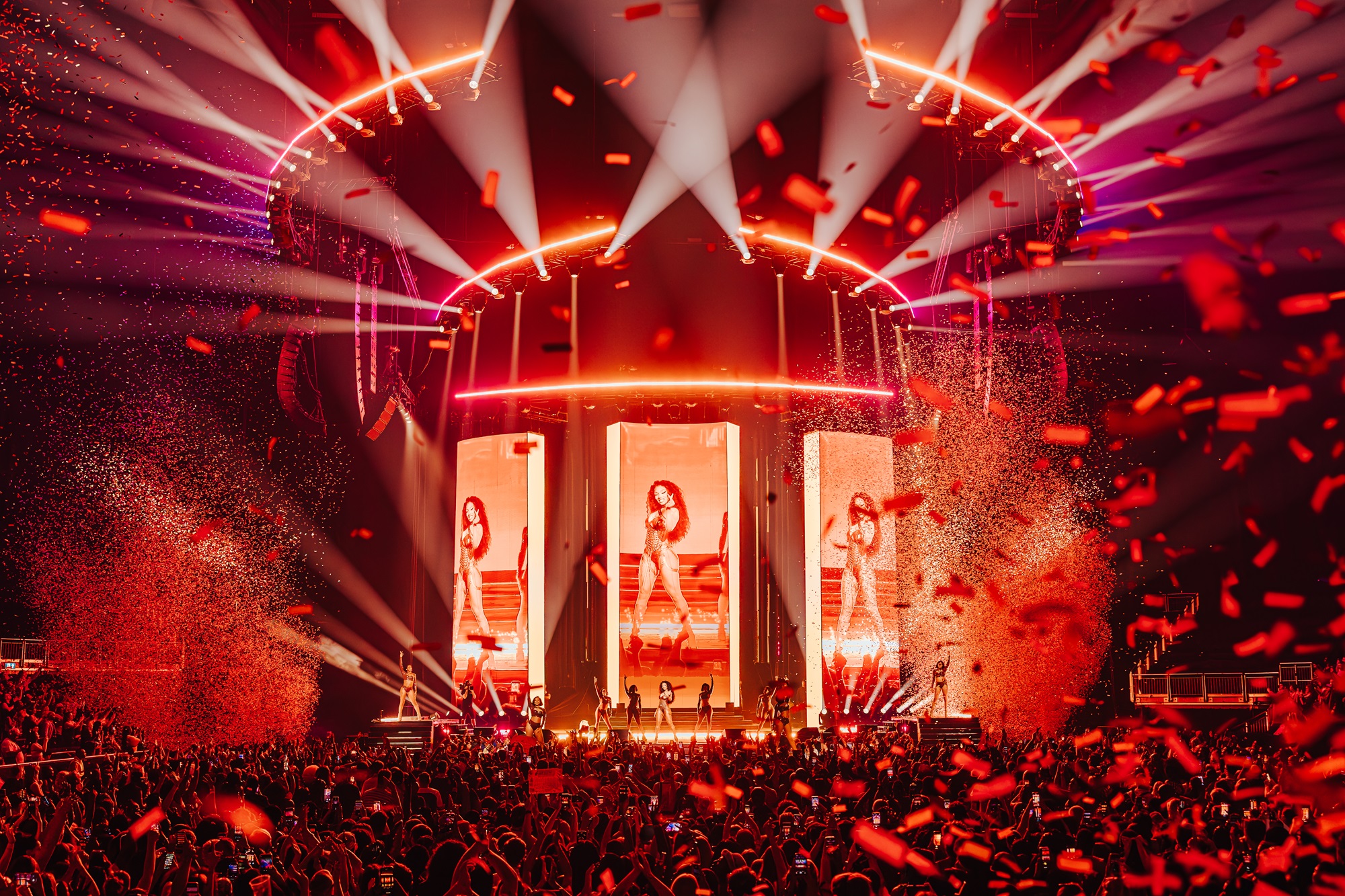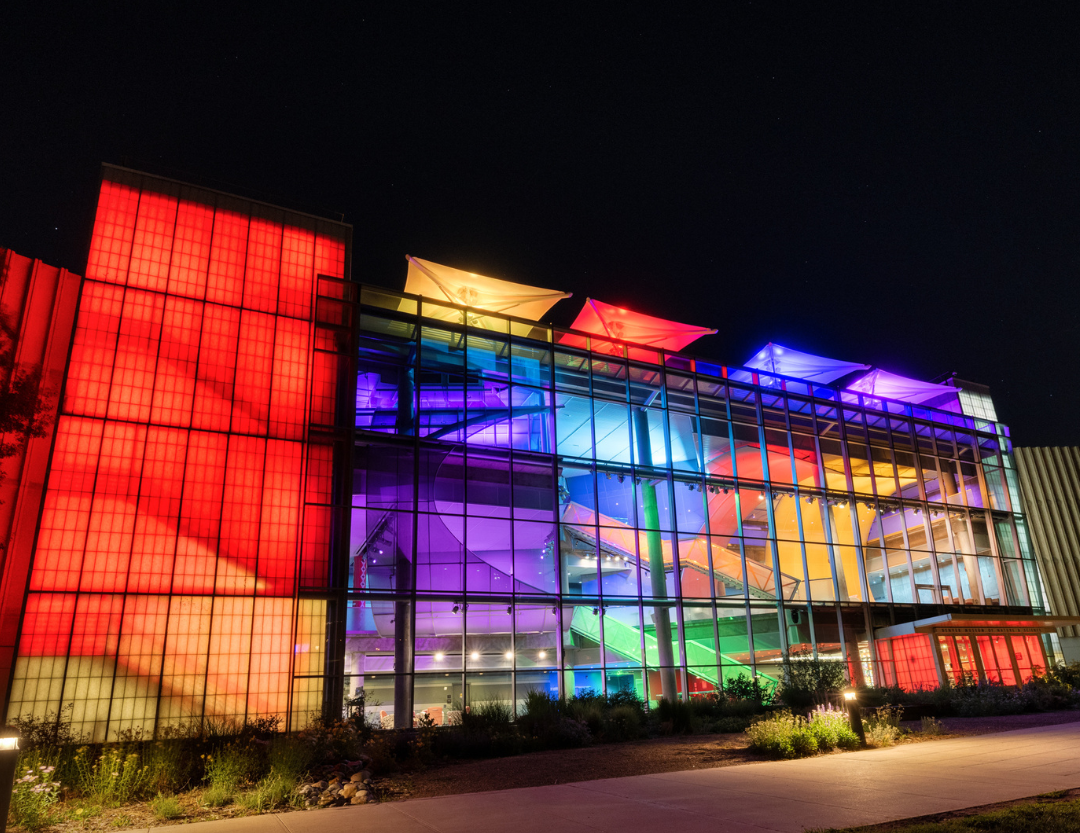LONDON — Indie rocker Paul Weller took the O2 Arena stage recently with tracks from his new album, 22 Dreams in a one-off performance, and Justine Catterall produced and served up the video visuals for the 12-song set using a MiTrix LED screen, Catalyst control, two camera systems, projection and PPU provided, along with crew, by XL Video. Des Fallon was project manager, Matt Askem directed the live IMAG mix and Stuart Heaney served as crew chief. The playback content was programmed onto two high spec Catalyst digital media servers, operated by Richard Stembridge.
Catterall’s design brought a quirky and fragmented look to the stage using 36 panels of MiTrix LED screen arranged at different angles. They were suspended on three overstage trusses in a way that provided additional depth and dimension to the stage. The idea was initially inspired by the album artwork that features a montage of photos fitted together to make one big picture.
Jonny Gaskell’s lighting design followed the contours of the video, effectively framing the MiTrix panels and following the same diagonal lines. He and Catterall worked closely to ensure that they presented a dynamic visuals show that united the two mediums.
The band did three warm-ups the week before the O2 show, but with no video. Before that, however, there had been five days of lighting and video production rehearsals at Black Island Studios.
“It was a very ambitious design to conceive and achieve in a one-off scenario.” noted Fallon. “Justine showed a lot of creative daring in going for it rather than playing safe with something conventional, while our crew worked seamlessly to make it happen in the really tight timeframe.”
The MiTrix panels were all mounted in XL’s touring frames, which have been designed to optimize rigging options.
Working with a brief that requested a “contemporary psychedelic” look, Catterall came up with a series of fluid color effects to produce a melange of abstract and literal pieces of footage.
It was essential to the look of the show that each section of MiTrix could work independently as a screen, in addition to all of them working together as a single large screen.
To achieve this, the crew used Catalysts, running custom software written by Catalyst developer Richard Bleasdale. They used 32 Mix Windows across the two machines, synched together to work as one, and a total of 64 layers, with the base layer running as a reference.
The flat artwork was also corrected in the Catalyst to fit the different angles of each of the 36 screens.
Five robo-cams were dotted around the stage and used at FOH, and the images they captured were another part of Catterall’s design for the MiTrix screen output via the Catalysts.
Joe Makin operated the cameras, and Catterall added them to bring some arty, more idiosyncratic and unusual angled people shots into the MiTrix mix. The mix also required some intense programming from Stembridge.
For “Porcelain Gods,” a subtle blend of IMAG and vibrant multi-colored playback footage spread across the MiTrix tiles reaching out into the arena and hooked into the O2’s Arenamation LED signage system — but only for that one song.
Matt Askem cut the completely separate IMAG mix using six of XL’s Sony D50 broadcast quality cameras — two in the pit on track and pedestal, two hand-helds onstage with J11 wide angle lenses and two at front-of-house – one locked off in the center and one to the left side of the arena with an 86 long lens.
Askem used a GV Kayak switcher, and the images were beamed onto two 25-foot-by-15-foot side screens side screens, fed by Barco FLM20 projectors.
For more information, please visit www.xlvideo.tv.


